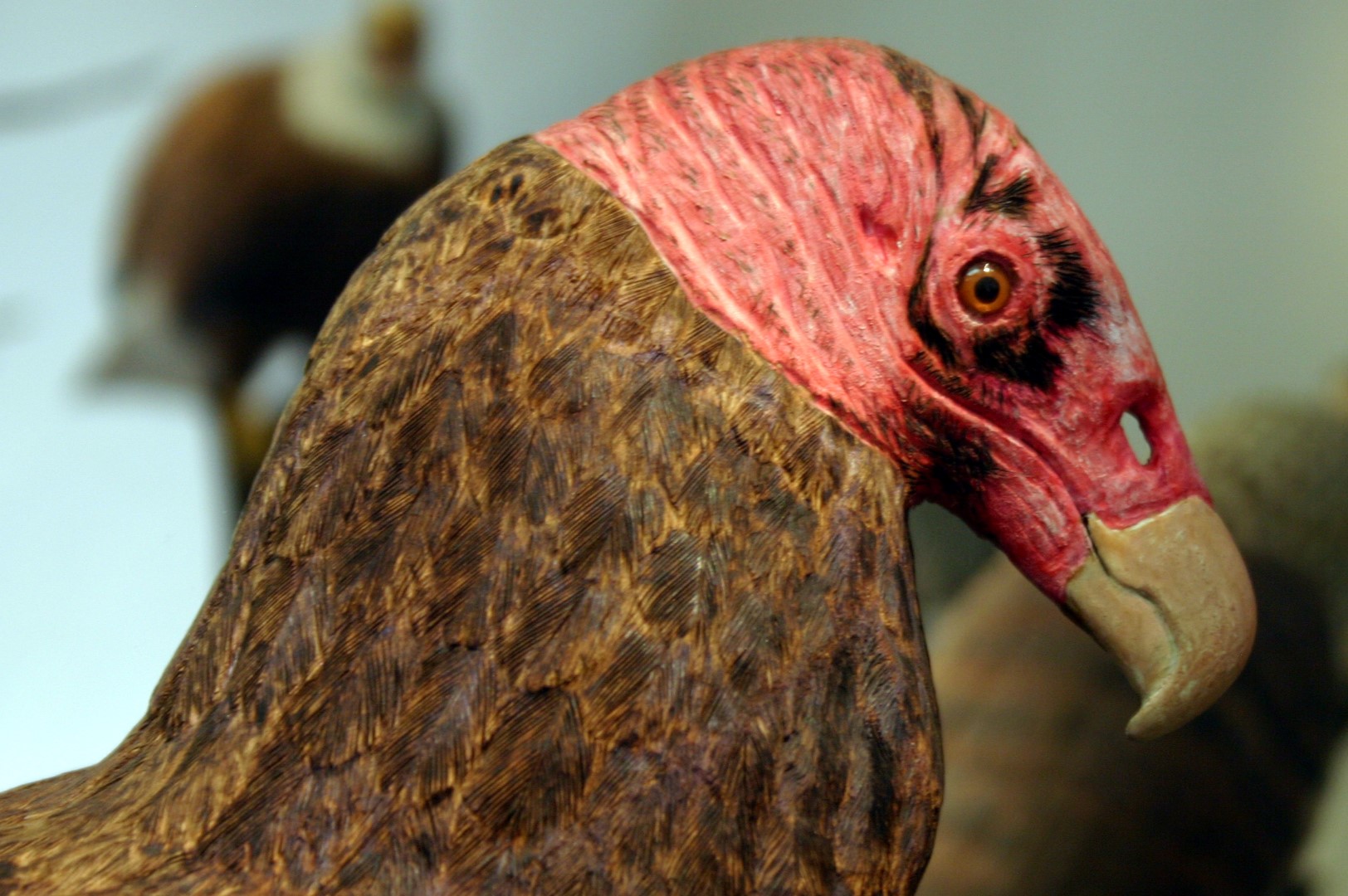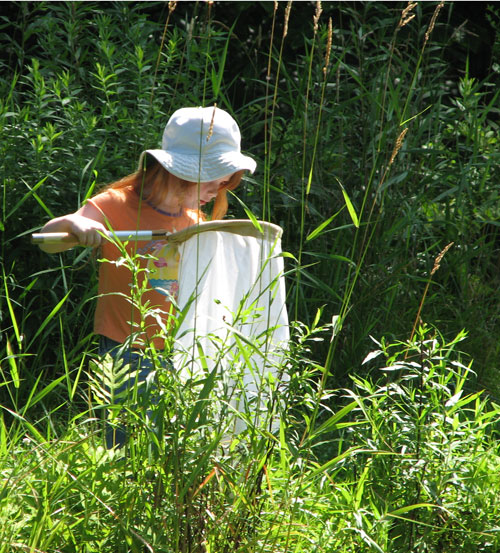The Power of Perspective: a shifting point of view
How do we focus our creative “vision”? Consider the scope of an eagle’s eye—the narrow view of a gleaning warbler—the shadowed sight of a loon underwater. We may see birds above us from the ground, or below us from a plane. We may use a camera lens to record from afar, or a magnifier and lamps to perceive what is normally unknown. How does time influence your perspective? What if we “zoom out” from one bird to a species, to an ecosystem, to a planet? What if we “zoom in” to one bird to its wing, to a feather, to a gene?
How does your art reveal a point of view?
Continue reading “Call to Artists: Power of Perspective”
 The school year has started, but that isn’t slowing us down up on Sherman Hollow Road. Check out the fall programs at the Birds of Vermont Museum, sign up for one if you like, or just drop by. We’re open Wednesday – Sunday, 10-4, until Halloween. We’re open by appointment other days and after. The trails are open sunrise to sunset, every day. Libraries have passes, and admission is always free for members (https://birdsofvermont.org/membership/).
The school year has started, but that isn’t slowing us down up on Sherman Hollow Road. Check out the fall programs at the Birds of Vermont Museum, sign up for one if you like, or just drop by. We’re open Wednesday – Sunday, 10-4, until Halloween. We’re open by appointment other days and after. The trails are open sunrise to sunset, every day. Libraries have passes, and admission is always free for members (https://birdsofvermont.org/membership/).
We look forward to seeing you!
=== SEPTEMBER EVENTS ===
Continue reading “September events”
Vultures are an ecologically vital group of birds that face a range of threats in many areas that they occur. Populations of many species are under pressure and some species are facing extinction. Learn what you can do to protect vultures…and why that’s a really good idea!
Stop by the Museum (we’re open 10am – 4pm) to discover how many vulture species live in Vermont (and where). Can you find all of our vulture carvings? Are we missing any? Check out one of our larger carvings and imagine where would we have had to put it if Bob Spear had carved it with its wings outspread.
Not in Vermont? Drop by the Vulture Day website at https://www.VultureDay.org to stretch your curiosity with resources , games, education activities, and more. Celebrate IVAD locally!
Celebrate Vultures all around the world!
The first Saturday in September each year is International Vulture Awareness Day. But we can learn about and honor them more often than that!

The Birds of Vermont Museum has been hosting themed community art shows since 2014. Each winter, the staff develops a bird-related theme for the exhibit and posts a Call to Artists, inviting submissions in varied media. Our 2023 art show, Spark!, brings together well over 60 artists, photographers, and poets of all ages. Most artists are from Vermont. Continue reading “Spark! fueling a love of birds”


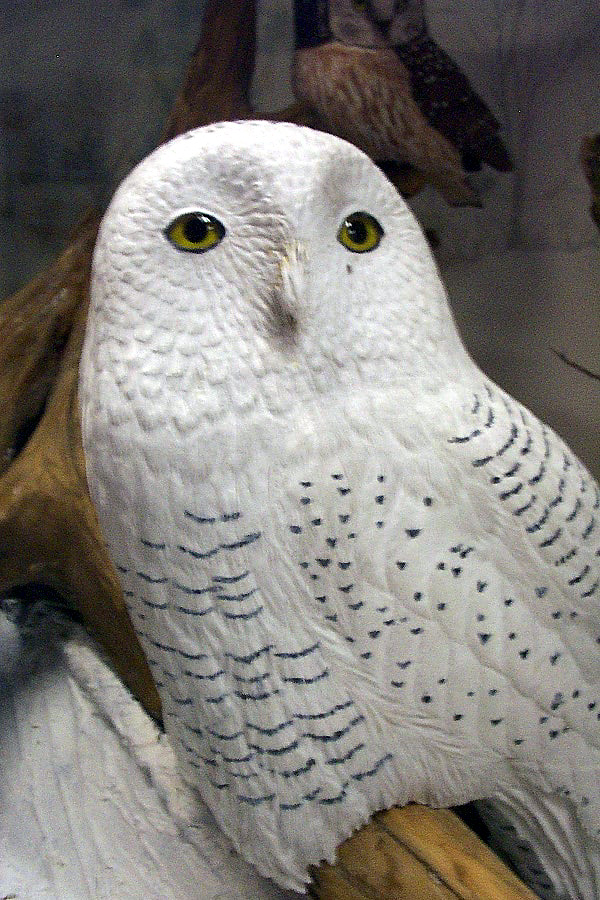





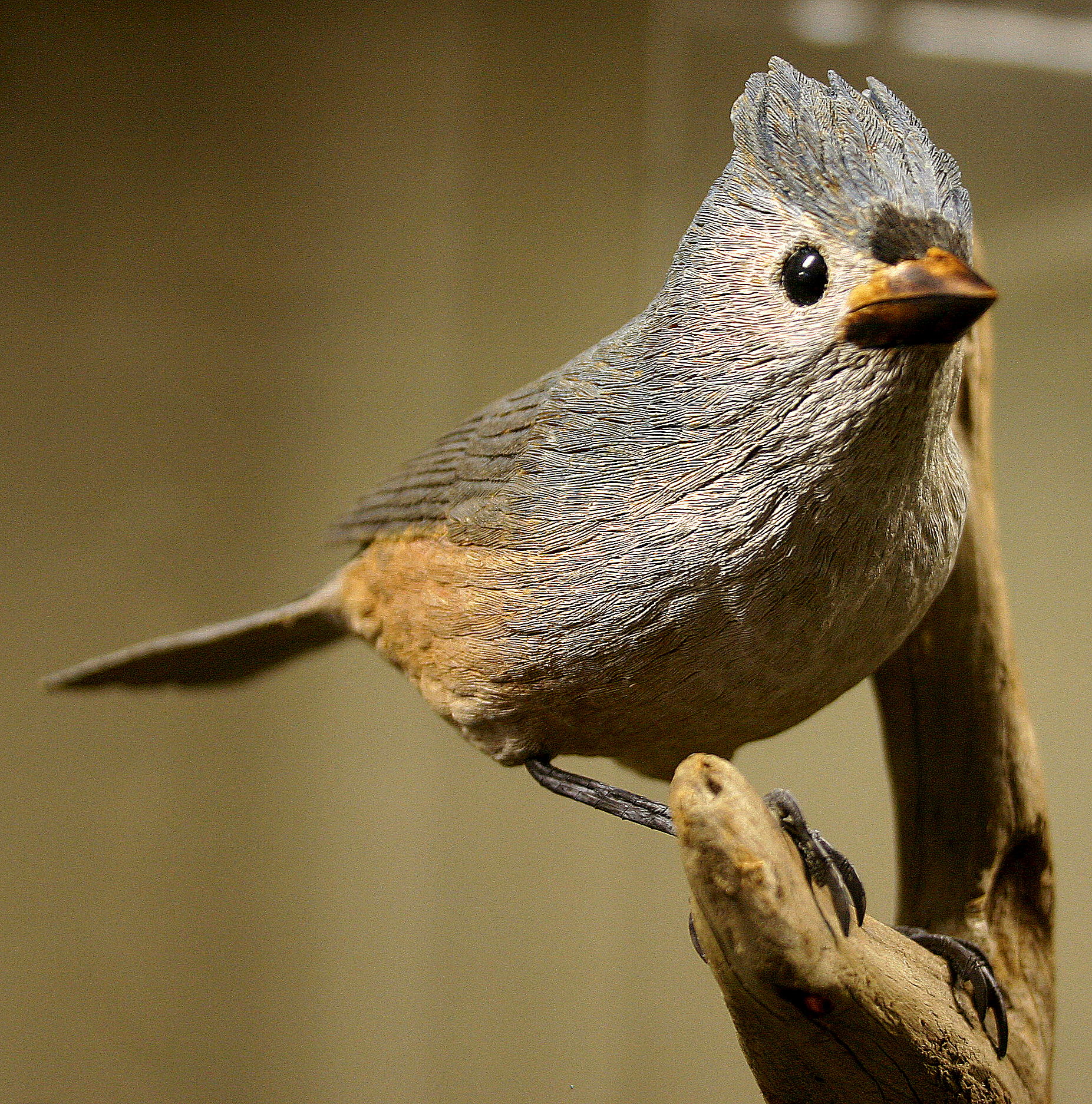




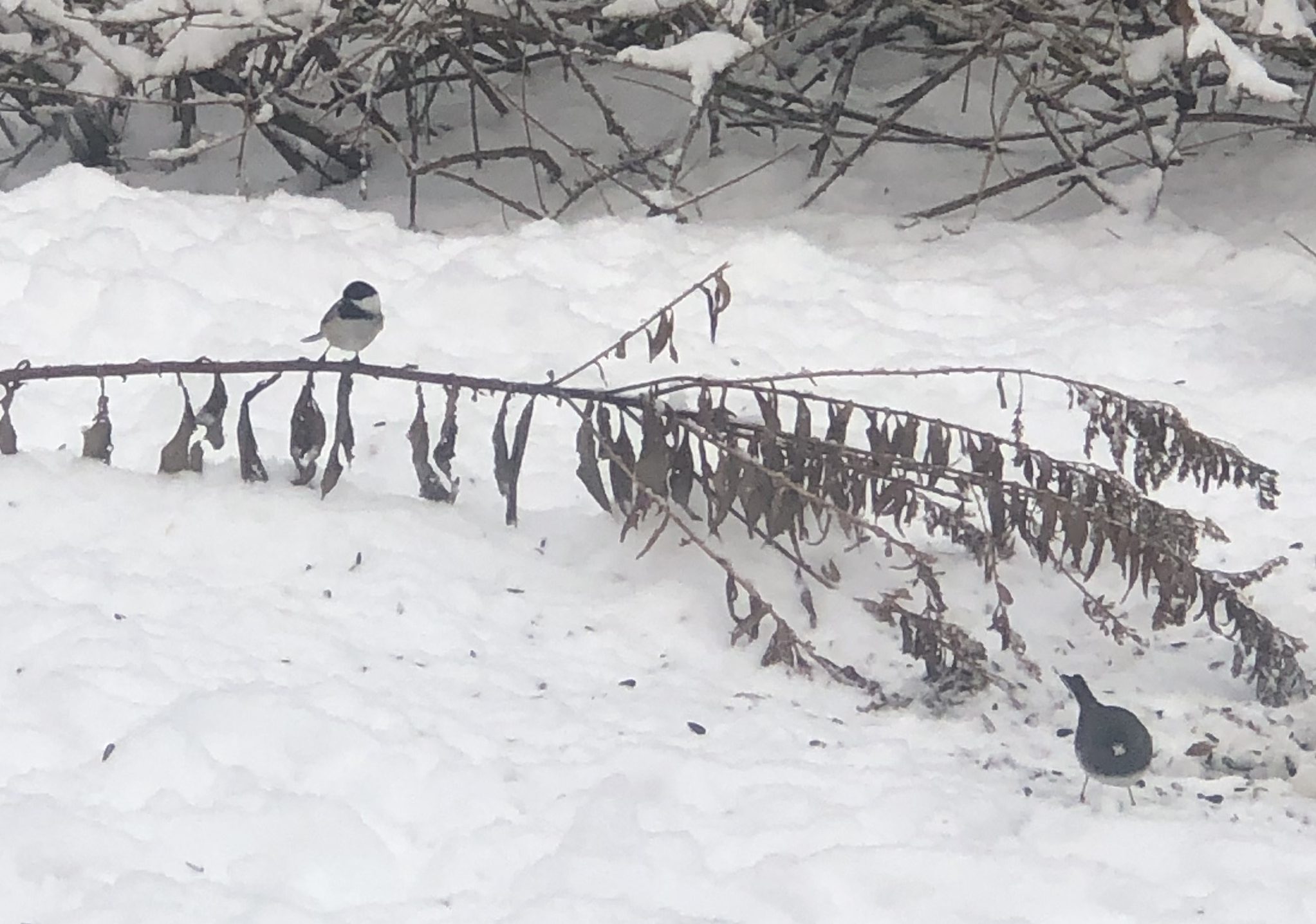




 The school year has started, but that isn’t slowing us down up on Sherman Hollow Road. Check out the fall programs at the Birds of Vermont Museum, sign up for one if you like, or just drop by. We’re open Wednesday – Sunday, 10-4, until Halloween. We’re open by appointment other days and after. The trails are open sunrise to sunset, every day. Libraries have passes, and admission is always free for members (
The school year has started, but that isn’t slowing us down up on Sherman Hollow Road. Check out the fall programs at the Birds of Vermont Museum, sign up for one if you like, or just drop by. We’re open Wednesday – Sunday, 10-4, until Halloween. We’re open by appointment other days and after. The trails are open sunrise to sunset, every day. Libraries have passes, and admission is always free for members (
